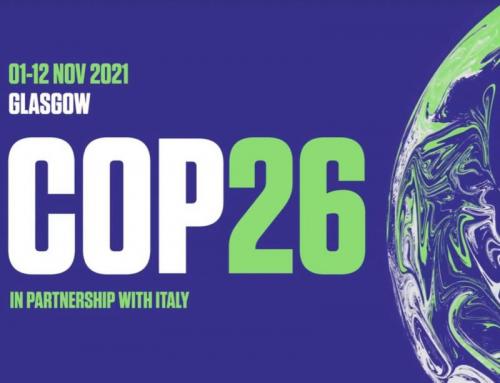National Facilities


On November 10, 2021, at COP26 in Glasgow, the AERONET program was presented by Brent Holben of NASA.
Link to the video: U.S. Center COP26 - NASA Hyperwall Presentation: How do we know for sure about Atmospheric Aerosols? - YouTube
Since 1993, the AERONET network has made it possible to measure, study and understand, from the ground, by passive remote sensing, the variability of aerosol properties, to detect possible changes and to help quantify their multiple impacts on the quality of the air and on the climate. The measured variables are used for satellite validation, models, aerosol climatology and instrumental synergies.
LOA and CIMEL, in collaboration with NASA Goddard Space Flight Center, were, in the early 1990s, at the origin of the robotic sunphotometer equipping the AERONET network. Since the beginning LOA develops photometers to measure aerosol properties by remote sensing. The meeting of researchers from CNRS and NASA with the CIMEL private company led to the definition of an automatic, robust, autonomous sunphotometer, transmitting its data in real time. CNRS and CNES co-financed the first prototypes in Lille and Cape Verde. With their expertise, the partners set up measurement protocols, calibration and the first automated process with immediate and public distribution, the keys to success. In 1998, the French component (PHOTONS) received the INSU Observation Service label.
In 2011, the ACTRIS-1 project (FP7) recognized this service and supported AERONET Europe Calibration Center driving the LOA. This recognition continued in 2015 with ACTRIS-2 (H2020), then in 2016 with its inclusion in national (ACTRIS-FR) and European (ACTRIS-RI) infrastructures.












